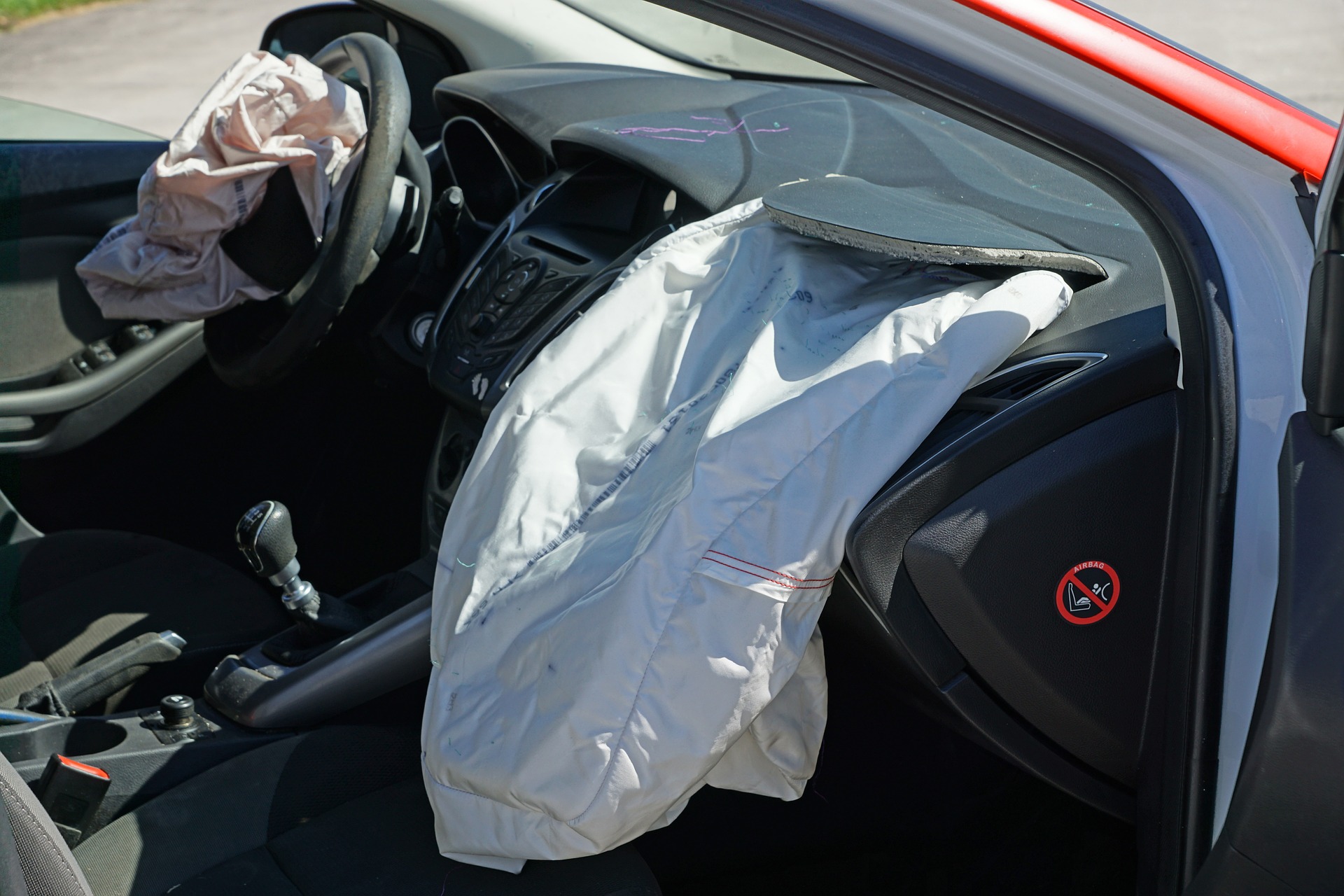Speed limits are designed to enhance the safety of drivers and pedestrians. By following speed limits, drivers can reduce the risks of accidents on the road. In places like Los Angeles, California where thousands of cars are on the road every day, it’s important to follow these rules to reduce traffic-related accidents.
Some people think that low-speed accidents can only cause minimal damage. If you’re traveling at a low-speed, the accident must be minor, right? Not necessarily.
But what if you’re traveling at a high-speed? What are the impacts of a high-speed collisions? Is there a difference between low-speed and high-speed collisions?
Low-Speed Collisions
Most people wouldn’t think that low-speed crashes can cause major injuries. For the most part, you think of fender benders or small scratches and dents to the vehicles involved.
In terms of the type of injuries sustained, one of the most commonly reported injury from low-speed collisions is whiplash. Whiplash is a neck injury sustained when your neck is forcibly bent forward and then backward – or vice versa. The injury usually involves the muscles, nerves, discs, and tendons in your neck.
However, some low-speed collisions can cause serious injuries. Especially if the accident involves pedestrians.
According to a study from the AAA Foundation for Traffic Safety (a nonprofit research and educational organization), the fatality rate increases significantly as speed increases. At low-speeds (below 15 miles per hour), risks are relatively low. But even a small incremental increase in speed above 15 miles per hour can mean higher risks.
Serious injuries such as neck injuries include a herniated disk, which causes the victim to feel pain in the shoulder and arm. The pain might even shoot into the arm or leg when you sneeze, cough, or try to move into certain positions.
Just because a vehicle is moving at a low speed, it doesn’t mean that it can’t cause serious damage. In some cases, low-speed collisions can even leave victims with brain injuries.
High-Speed Collisions
A high-speed collision occurs when a vehicle travels more than 30 miles per hour.
Often, high-speed crashes occur on freeways or other high-speed routes. When a vehicle is traveling at high speeds over 30 miles per hour, they are less likely to prevent an accident because they have less control of the vehicle.
Common examples of injuries associated with high-speed collisions include:
- Neck and back injuries
- Spinal cord injuries
- Broken or fractured bones
- Head injuries or concussion
- Paralysis
- Burn injuries
- Internal injuries such as internal bleeding
High-speed collisions can happen between passenger cars, trucks, or any vehicle traveling on the road. Due to its large size, the damage involving trucks or other large vehicles are much more significant.
The severity of a victim’s injuries will depend on the types of vehicles involved, speed of the vehicles, and other related factors. Generally, the faster a vehicle is traveling, the more serious the collision tends to be.
Consult with a Los Angeles Personal Injury Lawyer Today
If you’re a victim of a low or high-speed collision, you have the right to claim damages against the parties at fault. An experienced injury collision accident attorney at Mesriani Law Group can help you with your accident claims. Contact us today for a free consultation to see how we can help you get the maximum compensation you deserve.








